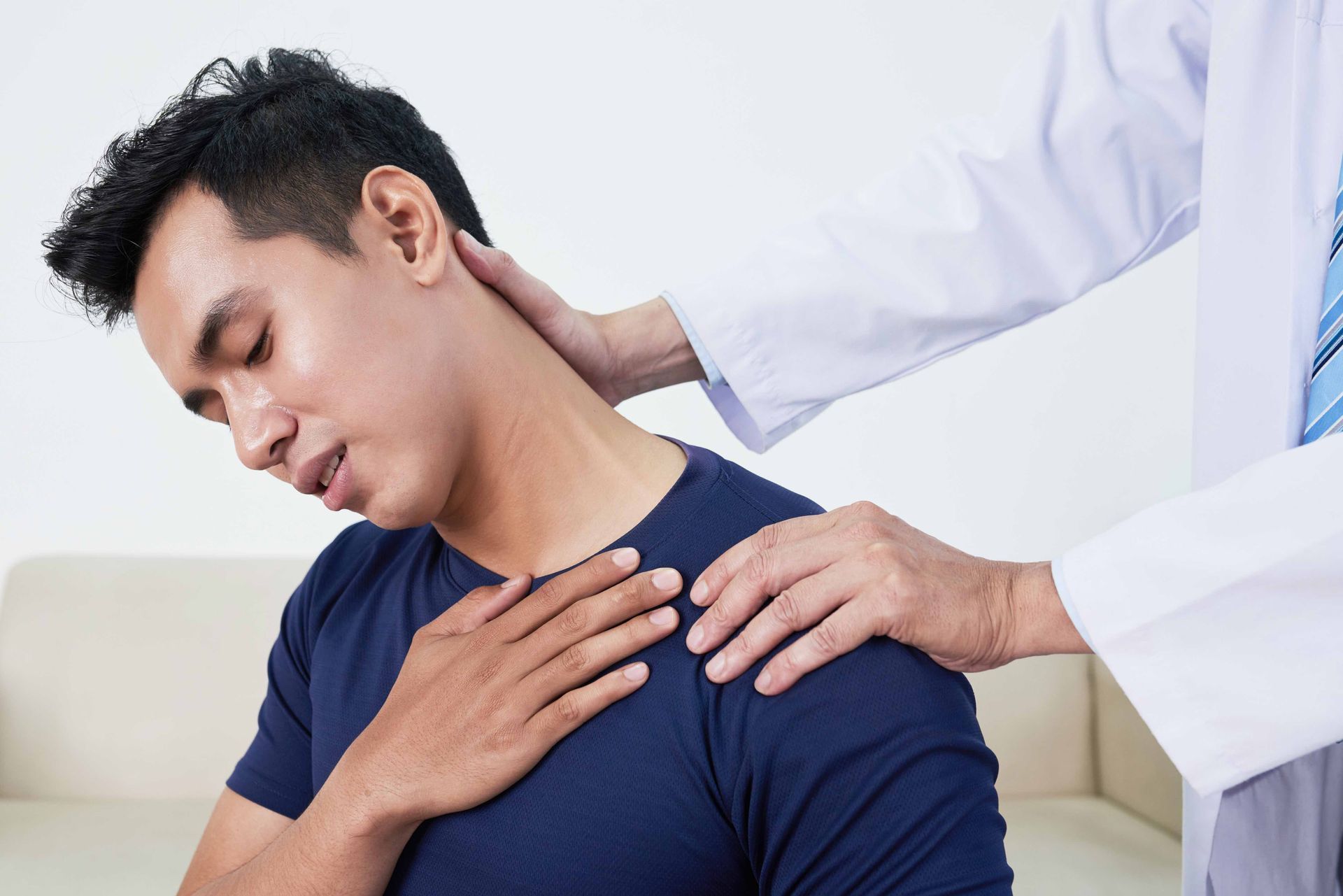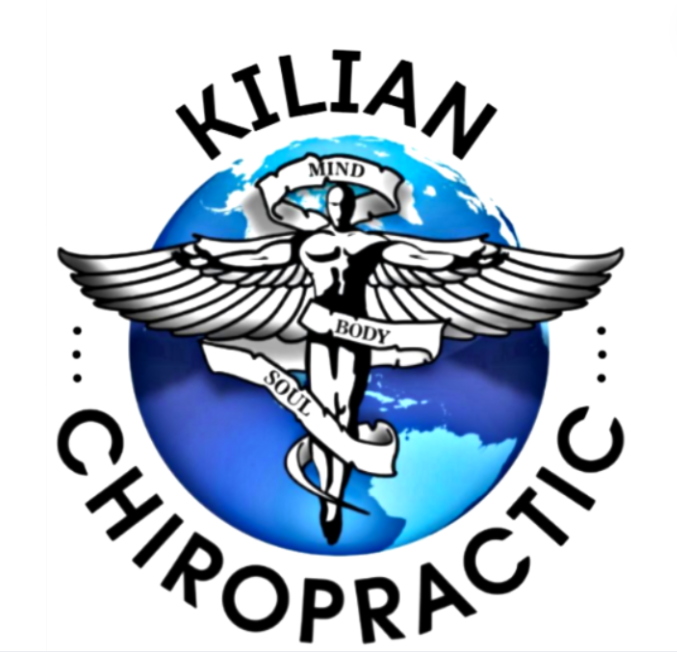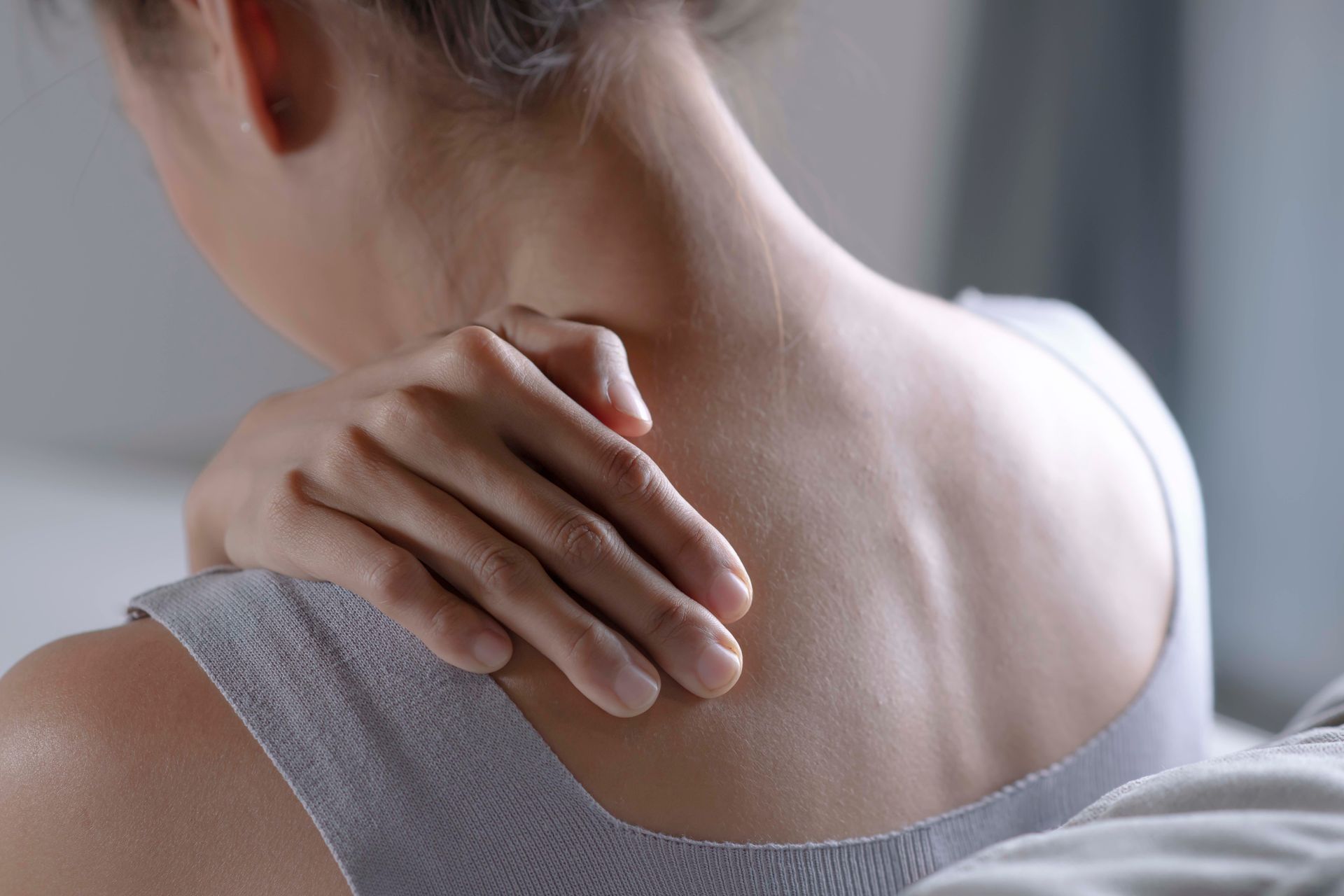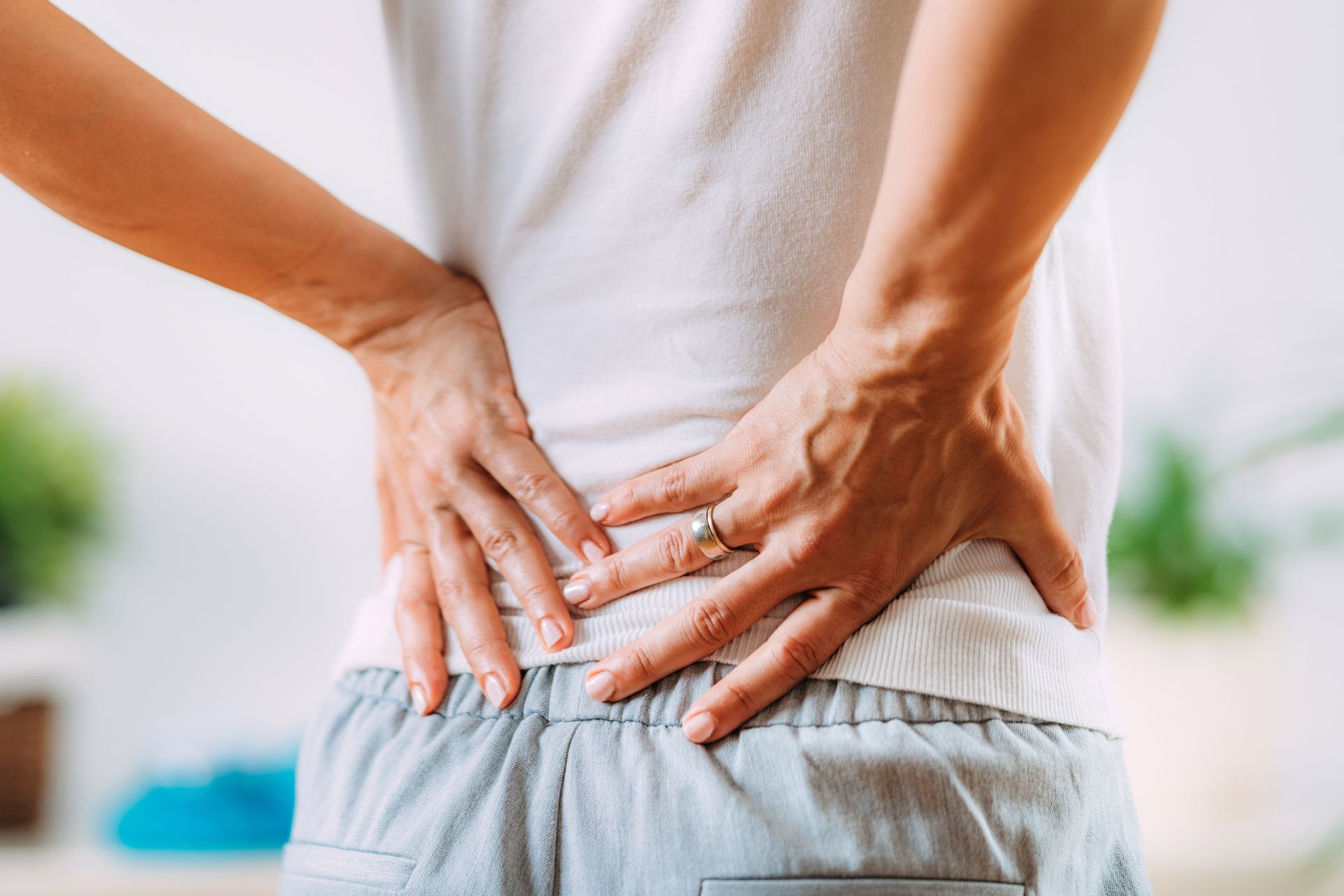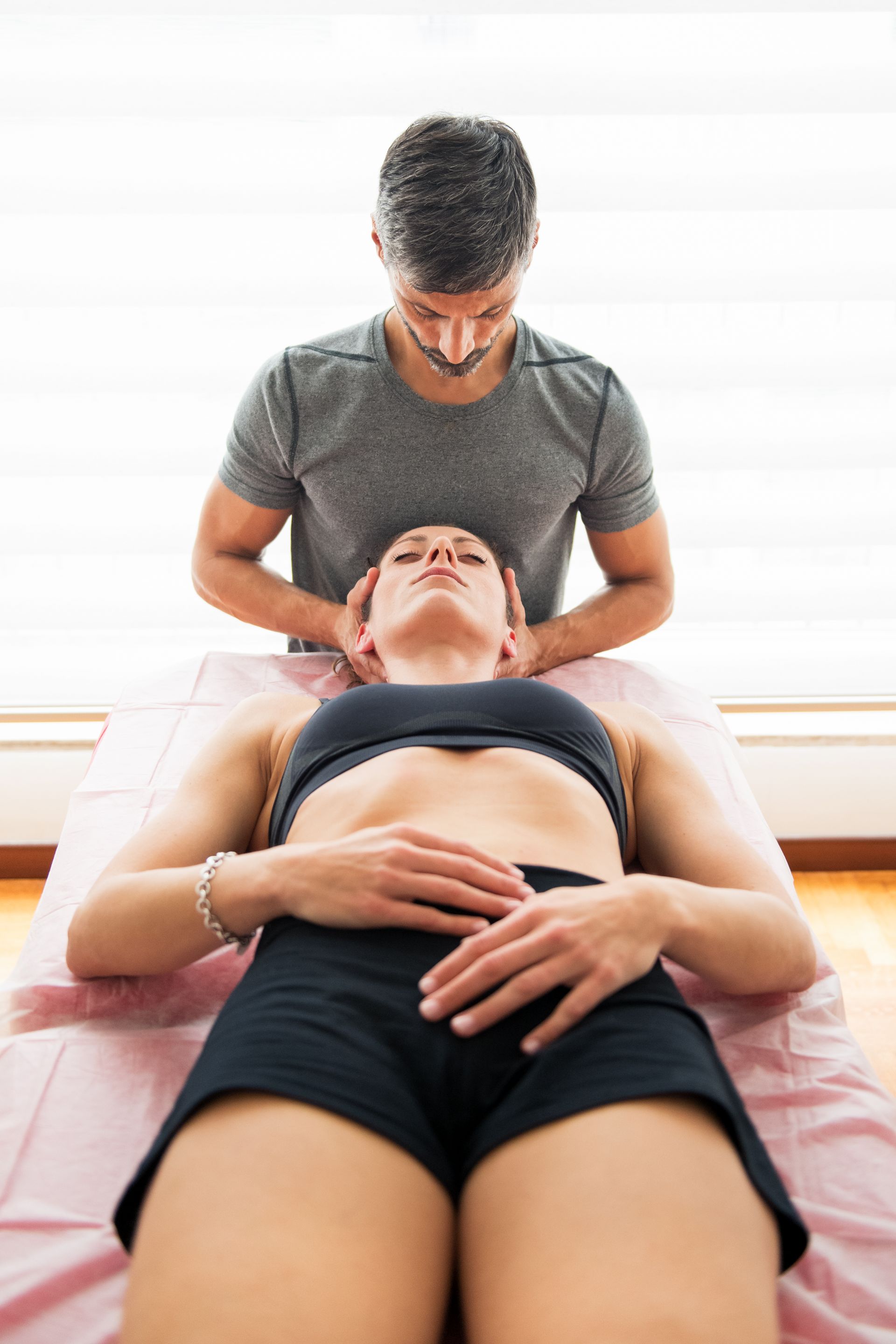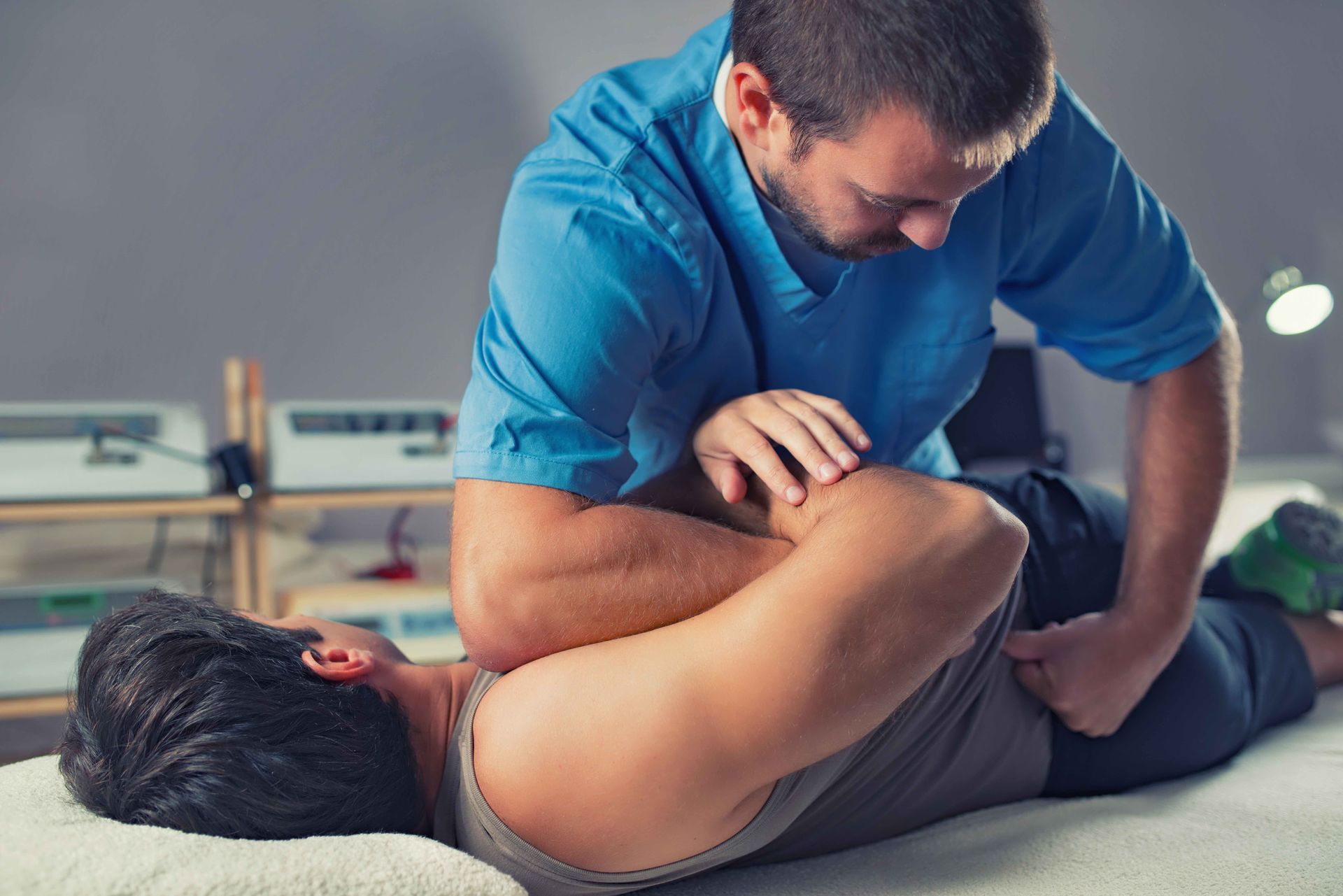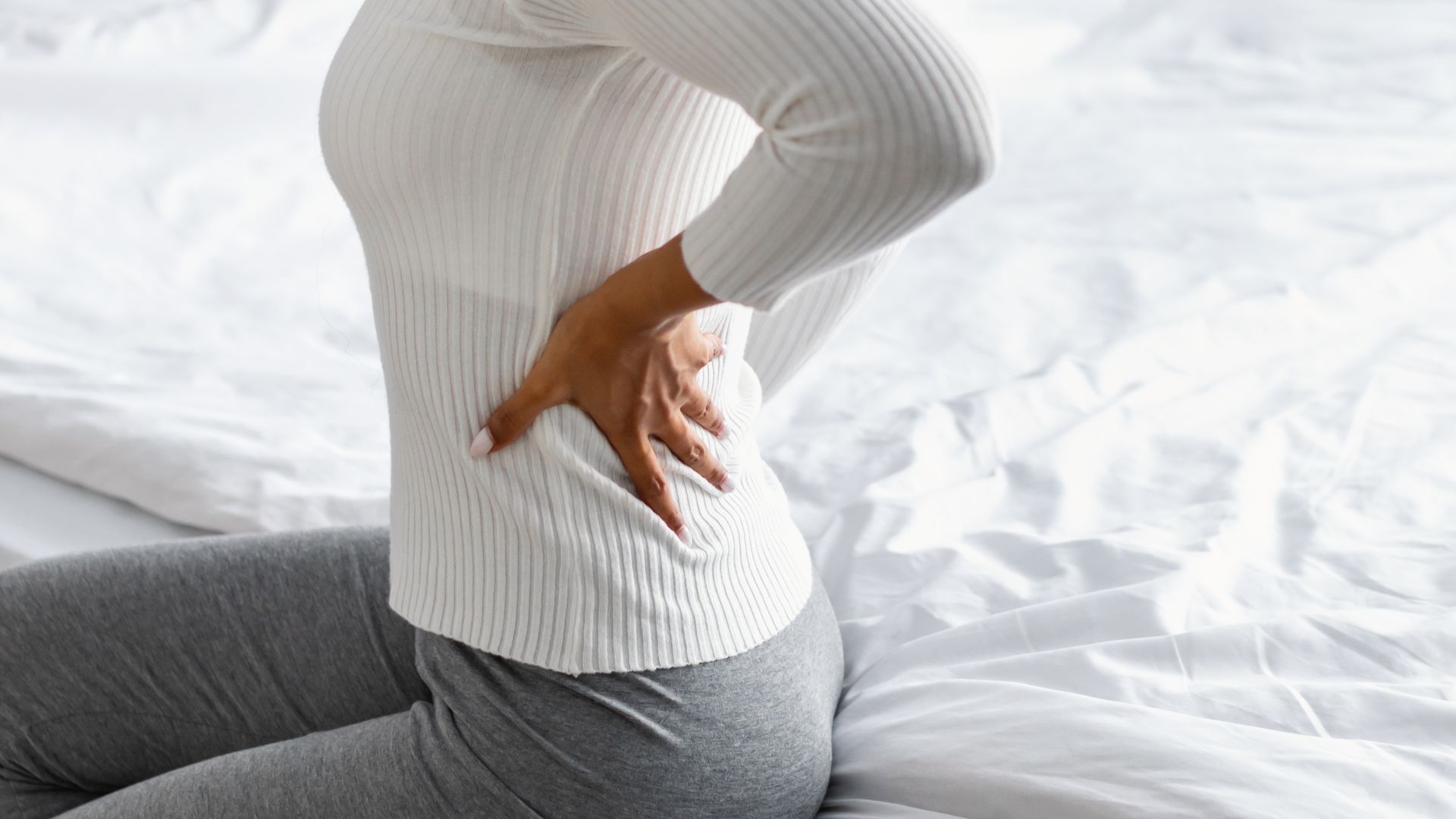Different Headaches and How to Care Properly for Them
 Headaches
are all too common in today’s hectic and hurried world. It seems as if everyone suffers from headaches at one time or another. This article will discuss different kinds of headaches, what causes them, and traditional care for them. We will then discuss a natural, safe way to care for all headache types that has been proven to be successful.
Headaches
are all too common in today’s hectic and hurried world. It seems as if everyone suffers from headaches at one time or another. This article will discuss different kinds of headaches, what causes them, and traditional care for them. We will then discuss a natural, safe way to care for all headache types that has been proven to be successful.
Headaches and Their Causes
- Allergy headaches: These headaches are often due to seasonal allergies (pollen or mold). Common symptoms are headache, nasal congestion and watery eyes. Traditional care involves antihistamines, nasal sprays or desensitization injections. Unfortunately, there is no way to prevent these kinds of headaches unless you stop having an allergic reaction.
- Aneurysms: Caused by a balloon-like weakness or bulge in the blood vessel wall, these headaches can mimic migraines or cluster headaches. If the bulge ruptures, a stroke may be caused or blood may leak, slowly leading to a sudden, horrible headache, double vision, and stiff neck. Unconsciousness follows. Aneurysms can be due to genetics or extremely high blood pressure. If an aneurysm is discovered early enough, it can be treated with surgery. It is vital to keep your blood pressure under control so as to prevent this kind of headache.
- Arthritis headache: It comes on with pain at the back of the head or neck that worsens with movement. It is caused by inflammation of the blood vessels of the head or changes in neck structure. Anti-inflammatory drugs are often suggested or muscle relaxants.
- Caffeine-withdrawal headaches: Not having enough caffeine is obviously the trigger for this headache. The symptoms often include throbbing head pain due to dilation of the blood vessels. It is important to keep your caffeine levels even in your body. If you are going off caffeine, do so gradually, allowing your body to adjust.
- Chronic daily headaches: This actually refers to a broad range of headache disorders happening more than 15 days in a month’s time. These often come from a transformed migraine. Although they are not chronic tension-type headaches, they can evolve from episodic tension-type headaches. They are also associated with medication overuse.
- Cluster headaches: These may be, but are not always, related to alcoholic beverages or excessive smoking. They are known for excruciating pain in the eye, a stuffy nose, a flushed face and tearing of the eye. Pain often comes on at night and can last for several hours. Attacks happen in “clusters” — every day for weeks or months and then not again for up to a year. As many as 80 percent of cluster headache patients are men in the age range of 20 to 50.
- Eyestrain headaches: These headaches may be due to uncorrected vision, astigmatism, or muscle imbalance. The symptoms are usually pain in the front or on the sides of the head directly related to eyestrain. This is rare when it comes to headache causes. The best way to correct this is to do what is needed to improve your vision.
- Exertion headaches: As many as 90 percent of these are caused by migraines or cluster headaches. Ten percent occur due to aneurysms, tumors, or blood vessel malformations. The symptoms are all-over head pain lasting for a few minutes to no more than an hour after some type of physical exertion, such as running, jumping, or sexual intercourse. Passive exertion can be to blame as well in the form of sneezing, moving your bowels, or coughing.
- Fever headaches: Often caused by an infection, this headache comes on with a fever and is due to the swelling of blood vessels in the head.
- Giant cell arteritis: The cause of this headache is unknown. Symptoms associated with it are a burning or jabbing pain caused by inflammation of the temporal arteries. You may notice pain when chewing, weight loss, and eyesight problems. People under age 50 are usually not affected. Traditional care is often a steroid.
- Hunger headaches: Often caused by strenuous dieting, fasting, or skipping meals. Head pain comes on just before mealtime and is due to muscle tension, oversleeping, missing a meal, dilation of blood vessels, and low blood sugar. It is important to eat regular meals on schedule to keep you blood sugar level.
- Hypertension headaches: This is due to very high blood pressure readings, such as 200/110. They start out severe in the morning and feel like a hairband type of pain. They usually diminish as the day progresses. Keeping your blood pressure under control is vital to avoid these headaches and for maintaining good health.
- Menstrual migraines: These headaches occur due to changes in estrogen levels. These are migraine-like headaches that come on before, during, or after menstruation or at mid-cycle (when ovulating). Care methods may include biofeedback, ergotamine, dihydroergotamine, or a 5-HT agonist. Preventative measures may include betablockers, an anti-convulsant, calcium blockers, and NSAIDs.
Getting Proper Care for Your Headaches
If any of the above headaches sound familiar or if you suffer from another type of headache, a good place to find relief is by seeking the care of an
upper cervical chiropractor. We have had much success in caring for our patients. A study done of
101 headache patients
resulted in the majority of them finding relief after having only a few
chiropractic adjustments to their upper cervical spine.
The top bones of the spine may be the root cause of headaches because they put pressure on the brainstem and can cause it to malfunction. If this happens and improper signals are sent to the brain, a number of health problems can ensue, including headaches of all kinds. Correcting this problem using a gentle method is often all that is needed to find relief for headaches.
The post Different Headaches and How to Care Properly for Them appeared first on Kilian Upper Cervical Chiropractor.
